Ballroom dancing may improve balance, reduce falls in elderly
NEW YORK | BY KRYSTNELL STORR
(Reuters Health) – Regularly taking to the dance floor gave elderly nursing home residents a better sense of balance, according to a new study.
Brazilian researchers found a fifty percent improvement in balance and far fewer falls among seniors who participated in a half hour of ballroom dancing three days a week for three months.
“To be able to see the elderly dancing and spinning with autonomy, balance and a cognitive awareness of their space and body helped us understand ways to join useful exercise with a pleasant activity,” said lead author Eliane Gomes da Silva Borges, of the Federal University of Rio de Janeiro state in Rio de Janeiro.
With aging, muscles weaken and sensory mechanisms that help sustain balance are less sharp, which can lead to falls as well as limiting a person’s physical activity. Remaining sedentary just accelerates the loss of strength and balance, Borges and her colleagues note in the Archives of Gerontology and Geriatrics.
Nursing home residents tend to have less freedom and fewer opportunities for physical activity, so it’s all the more important to find ways for them to exercise to preserve their strength and balance, the researchers write.
“We have to realize that the practice of physical activity is beneficial because it strengthens the musculoskeletal system and professionals (in nursing homes) can and must help,” Borges told Reuters Health in an email.
To test the effects of a ballroom dancing regimen, Borges’ team recruited residents at three nursing homes in their state. A total of 59 participants completed the study, 30 of whom were assigned to a group that met for dancing sessions three times a week.
The other 29 served as a comparison group, and were promised an opportunity to join the dancing sessions after the study was over. They agreed not to engage in exercise of any kind during the study
All of the participants were sedentary for at least three months before the study, and all were in their 60s and 70s.
The researchers interviewed the participants and examined their medical records to see how many times they had fallen in the three months before the study period began.
They also tested participants’ balance using a special platform that measures pressure at six points on each foot, and registers differences in weight distribution between the two feet in kilograms (kg). A higher number reflects worse balance, and members of the study group that would take part in the dancing sessions started with an average difference of 6.14 kg. Those in the comparison group had an average difference of 6.0 kg at the outset.
For the next 12 weeks, the dancing group met for 50-minute sessions on alternating days, three times a week. After a 10-minute warm up with stretching, they danced the foxtrot, waltz, rumba, swing, samba or bolero. Each session ended with a 10-minute relaxation period.
At the end of the study period, the dancing group’s balance score had improved to an average weight-distribution difference of 3.29 kg, while the sedentary group’s score had worsened a little to 6.30 kg.
According to Borges, members of each group had averaged a little over five falls in the three months preceding the study. During the 12-week study period, those in the sedentary group had about the same rate of falls but there was just one fall among participants in the dancing group.
Jean Krampe told Reuters Health the study is in line with an abundance of ongoing research to find different forms of exercise that help the elderly improve their balance.
According to the Center for Disease Control, about 1,800 persons living in nursing homes die from falls each year and over 95 percent of hip fractures are related to falls.
Krampe, a clinical faculty member at the St Louis University school of Nursing, was not involved in the new study but has researched the benefits of dancing for elderly people in the U.S.
This kind of study is important because older people seem to like dancing workouts, Krampe said. She thinks dancing becomes a natural type of exercise because many elderly participants have enjoyed music earlier in their lives.
The participants in the Brazilian study were all fairly healthy to begin with, Krampe cautioned, so the program they used would be applicable to only a fraction of the elderly inhabitants of nursing homes.
The ballroom-style dances in the Brazilian study also require a partner, Krampe noted. In the U.S., there are a lot of senior centers and community centers that offer dancing, “and you don’t necessarily have to have a partner to participate,” she said.
The standardized treatment in long-term care institutions does mean that elderly residents may have a less active lifestyle than their counterparts living at home or with family. Dancing could provide a chance to strengthen the legs, especially the knees, Krampe said.
“Regular doses of dancing will increase lower extremity strength, and lower your risk of falling. Even if you haven’t danced before, it’s a very safe, healthy way to increase your chances of staying around and keeping healthy,” she said.
SOURCE: bit.ly/QxJAy0 Archives of Gerontology and Geriatrics, online April 5, 2014.
